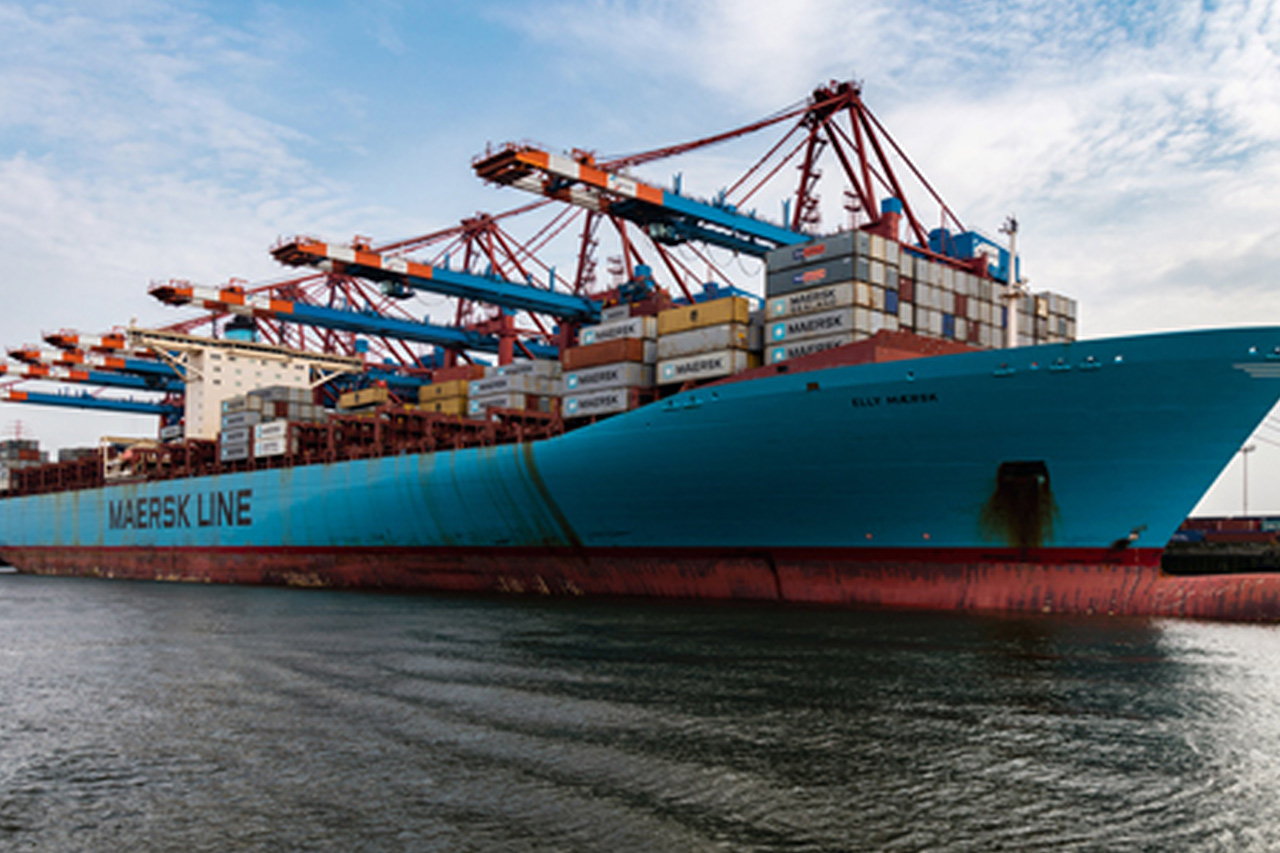916 results found
Featured results



More results
Population growth and economic development, aggravated by climate change, will increase pressure on energy and water resources. Integrated planning can make the most of these two essential and scarce resources. Thirsty Energy, a World Bank initiative, helps countries address these issues and ensure sustainable development of both resources. This note focuses on the water needs of the power sector and particularly answers the following questions: Why is this issue important? Do power plants need all that much water? What about other types of plants? What are the challenges? and, What are our options?

IFC worked with Timor-Leste’s new PPP Unit to deliver a transparent tender process that attracted globally reputable port operators. The key bid variable was the Viability Gap Financing subsidy required by each bidder after a very strict technical pre-qualification

This tool presented here in an Excel format was designed to evaluate the fulfillment of good corporate governance practices in primarily state owned water and sanitation companies in the region.


The Toolkit is a reference guide for public authorities in developing countries for the development of PPP programs in the highways sector, particularly in assisting in PPP policy development, project preparation and the sourcing and more.

This is a self-learning tool for city transport leaders and their advisers, but also a public resource that provides guidance in the planning, design, implementation, and evaluation of an ITS program.


This toolkit outlines a spectrum of tools that can help the countries navigate the evolving architecture of climate finance and seize opportunities for accessing finance for adaptation.


This toolkit is a resource designed to assist practitioners working on the next generation of PSP contracts for smaller water projects.

Identifying policies that will lead to better infrastructure investment is no simple task. This is why we are about to release our updated InfraCompass tool, which quantifies the strength of the infrastructure enabling environment for 81 countries through exhaustive data analysis.
InfraChallenge is an innovation competition aiming to accelerate the global infrastructure industry. We are looking for the next digital solution to help solve one of the big infrastructure issues globally. Here are the top 5 reasons to enter.
The purpose of the present publication, Towards better infrastructure products: a survey of investor s perceptions and expectations of infrastructure investment , is to conduct the first in-depth study of the perceived role by infrastructure assets for investors.


The purpose of the present publication, “Towards better infrastructure products: a survey of investor’s perceptions and expectations of infrastructure investment”, is to conduct the first in-depth study of the perceived role by infrastructure assets for investors.





This paper from EDHECinfra explores how institutional investors should incorporate ESG elements into the financial management of their portfolios.

This Global Tracking Framework is featured in the GlobalMobility Report which provides the first-ever assessment of all modes of transport across theglobe.

This publication looks at how lowering trade barriers on health products can improve health systems.


This research helps governments and industry ensure that infrastructure investment supports climate mitigation and adaptation, resilience, and inclusive outcomes during challenging economic times.


While infrastructure is a driver of economic prosperity and can provide a solid basis for strong, sustainable, balanced and inclusive growth, it is not a given that infrastructure investment will fully realise these aims without visionary planning and commitment. For infrastructure investment to deliver a more sustainable, resilient and inclusive global recovery, we need to create the right enabling environment now.
In Buenos Aires on 23 March, the G20 Finance Ministers announced that infrastructure would remain a priority for at least the next three years—a very welcome announcement for those in the private sector who have long called for greater global coordination of efforts in this area.
This paper looks to determine the factors for the successful implementation of transit-oriented development (TOD) in Asian cities

This report provides a discussion on the relevance of measuring greenhouse gas emissions, particularly carbon dioxide (CO2).





 View InfraCompass website
View InfraCompass website




